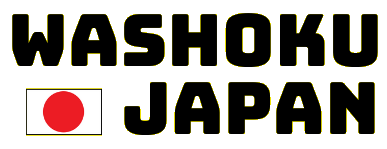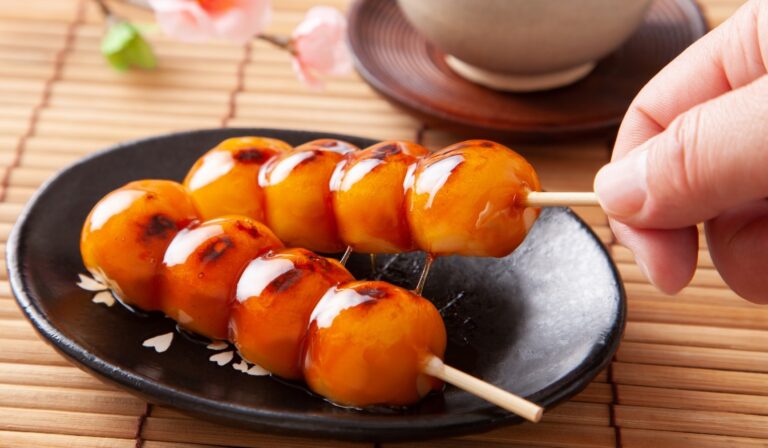“Dango” (sweet dumpling) is a Japanese sweet that has a round shape.
There is plenty of sweet sauce on the white sweet dumplings.
You can enjoy the chewy texture of the white sweet dumplings.
It is one of the washoku sweets that Japan is proud of.
As a Japanese, I will teach you the deliciousness of “dango”.
Do you know what “dango” is made of?
I will also teach you how to make “dango”.
Introducing places where you can buy “dango”.
There is a beautiful picture of “Dango”.
It’s fun just looking at the pictures.
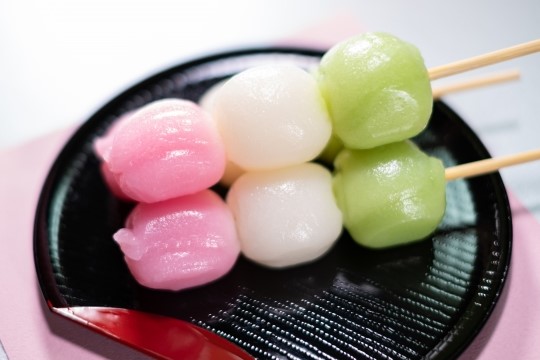
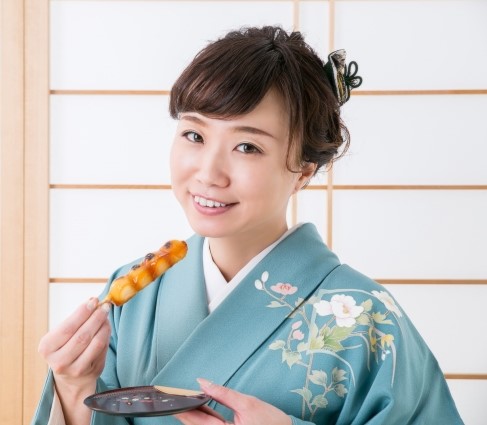
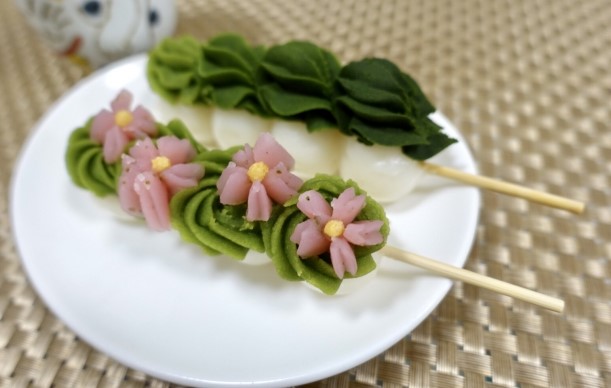
History of “dango”
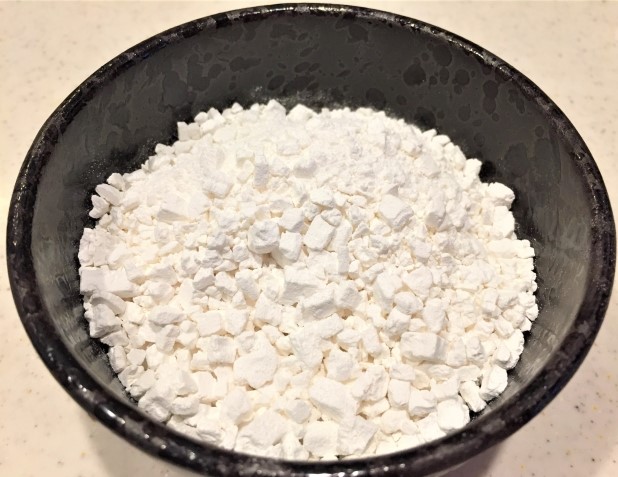
It is said that the prototype of “dango” was around 4000 years ago.
At that time, “Dango” was made into dumplings by grinding nuts into powder.
It seems that there was a “dango” stuck on a skewer 400 years ago.
It became popular with the general public 300 years ago.
“Dango” was very popular with the common people.
“Dango” was in its current form with sweet sauce 100 years ago.
How to make “dango”
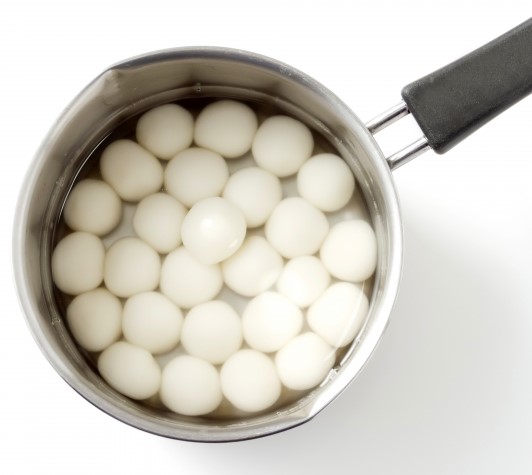
The material of “dango” is glutinous rice flour.
Add water to the glutinous rice powder and mix.
Make the mixed dough into a round shape.
Boil this dough in hot water.
There is also a “dango” that uses rice flour instead of glutinous rice.
“Dango” made from rice flour has a harder texture than “dango” made from glutinous rice.
“Dango” that is just boiled in hot water is called “Shiratama Dango”.
Add sweet sauce to “Shiratama Dango”.
The name of “dango” changes depending on the source you attach.
Types of “dango”
“Mitarashi Dango”
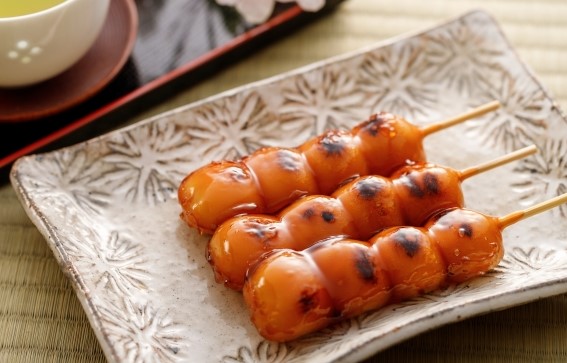
“Mitarashi Dango”
“Dango” has a sweet and slightly salty sauce on top.
“Dango” is slightly baked and browned.
The sauce is made from soy sauce with sugar and mirin.
The sauce is made into a jelly by adding potato starch.
“Mitarashi dango” is mainly “dango” on skewers.
There is also a “Mitarashi dango” that is not stuck on a skewer.
“Mitarashi dango” is a common “dango” that Japanese people eat.
The sweetness of the sauce and the hardness of “Mitarashi Dango” differ depending on the store or region.
“Anko Dango”
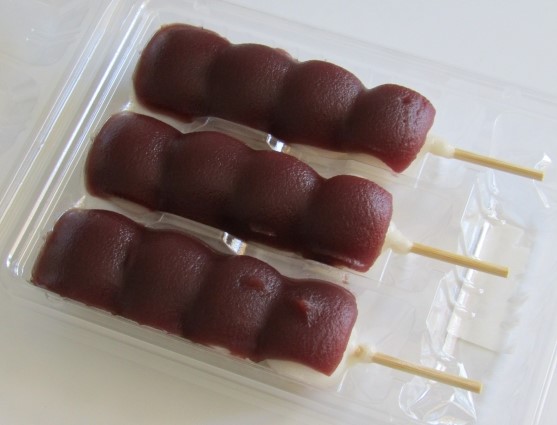
Sweet bean paste is hung on the “dango”.
“Anko Dango” has no salty taste.
This “dango” is perfect for those who just want to taste the sweetness.
“Anko Dango” is also popular with Japanese people.
“Sanshoku Dango”
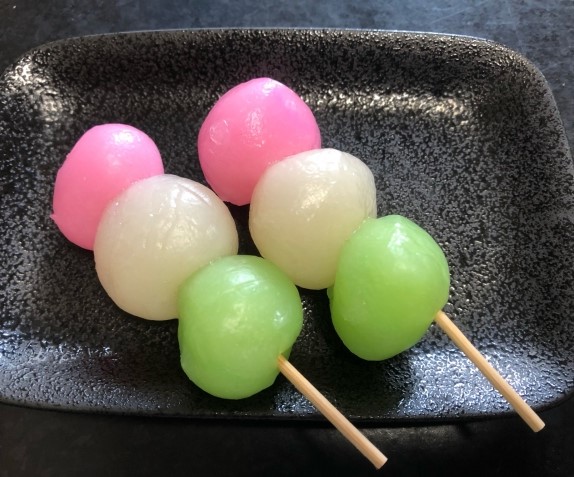
“Sanshoku Dango” is a Japanese confectionery made by skewering pink, white and green “dango”.
The pink “dango” is colored pink using plums, red perilla, and salted cherry blossom petals.
We use yomogi and matcha for the green “dango”.
Colorants are sometimes used to add pink and green colors.
No sauce is applied to any color of “dango”, but it is sweet.
“Sanshoku Dango” is also called “Hanami Dango”.
In Japan, seeing cherry blossoms is called “hanami”.
Japanese people sometimes eat “dango” while watching the cherry blossoms.
“Sanshoku Dango” is often sold at Japanese sweets shops when the cherry blossoms are in bloom.
“Sasa Dango”
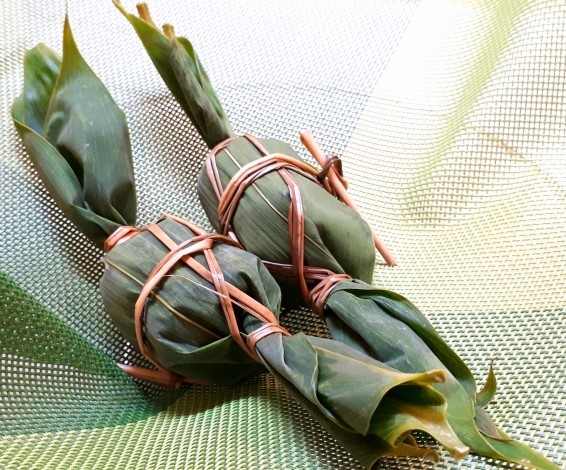
“Sasa Dango” is a “dango” wrapped in bamboo leaves.
“Sasa Dango” is tied with a brown string such as rush.
There is a black-green “dango” in the bamboo leaves.
The black-green “dango” is a dough mixed with Japanese mugwort leaves.
There is sweet bean paste in this dough.
“Sasa Dango” has a rich scent of Japanese mugwort leaves.
Those who eat “Sasa Dango” for the first time may be surprised by the unique aroma of Japanese mugwort.
“Sasa Dango” is a local confectionery in Niigata prefecture, Japan, where I live.
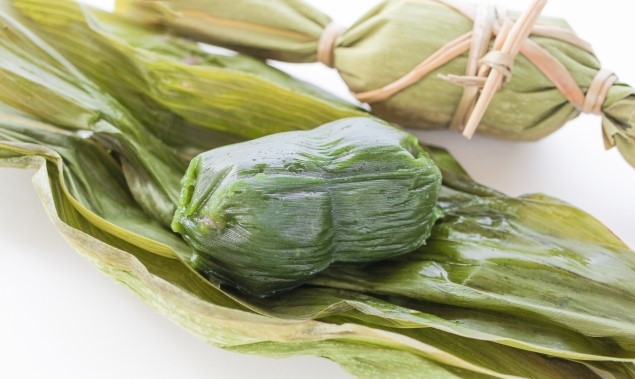
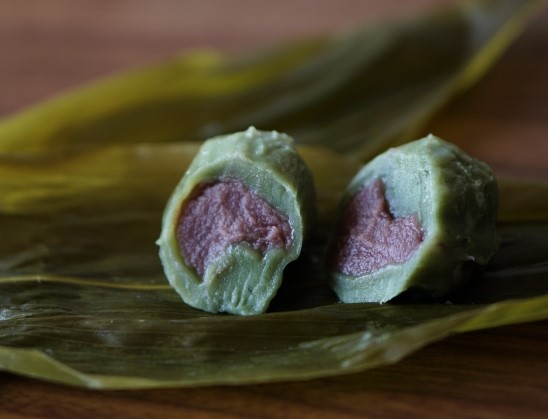
How to eat “dango”
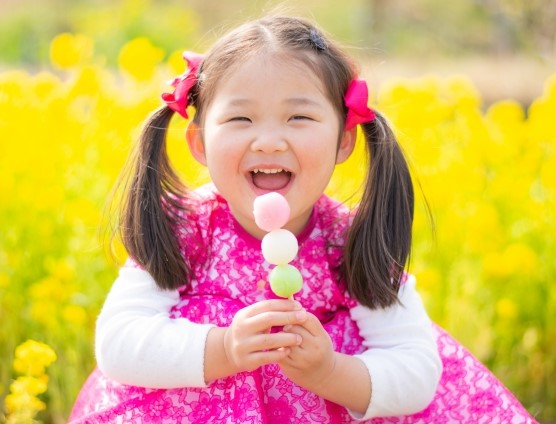
“Dango” is eaten by holding it in your hand.
Eat “dango” one by one.
Grip the “dango” with your teeth and remove it from the skewer to eat.
After the third one, eat half of the “dango” from the side and rotate the skewer to eat the other half.
Please note that the skewers are sharp.
“Sasa Dango” peels half of the bamboo leaves.
Hold the bamboo leaves in your hand and eat “Sasa Dango”.
A place where you can buy “dango”
Japanese sweets shop
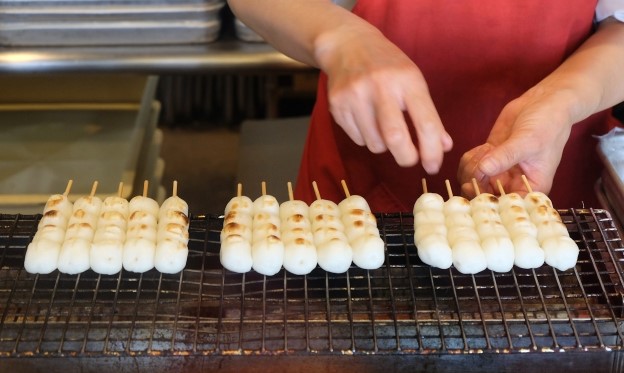
“Dango” is sold at Japanese sweets stores.
The price of “dango” is about 150 yen per bottle.
“Dango” is sold one by one.
“Dango” may be sold in packs of several pieces.
Some Japanese sweets stores specialize in “dango”.
We mainly sell “dango”, but we also sell Japanese sweets such as “daifuku”.
convenience store
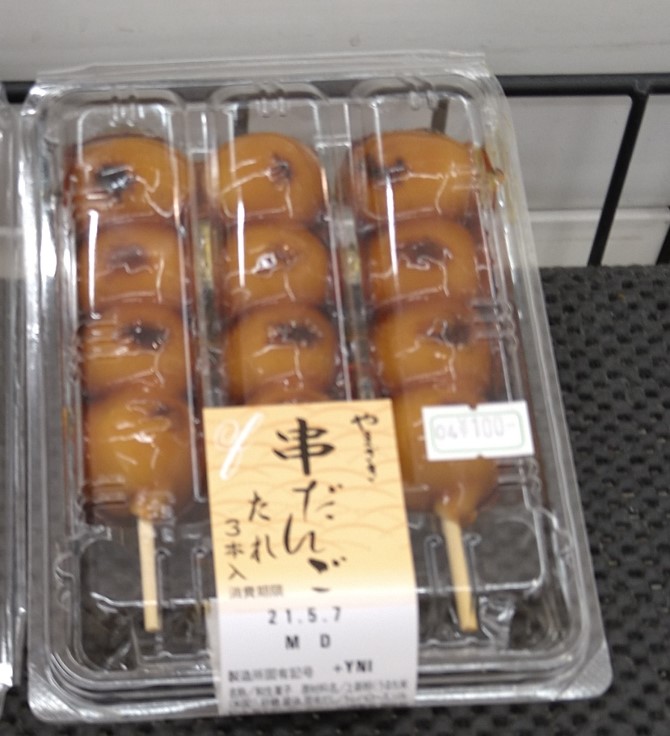
“Dango” is also sold at convenience stores.
At convenience stores, “Mitarashi dango” is mainly sold.
Packs containing 3 “dango” are on sale.
The price of one pack is around 100 yen.
The price of “dango” at convenience stores is cheaper than that of Japanese sweets stores.
The taste of “dango” is better at Japanese sweets stores than at convenience stores, but you can be fully satisfied with it at convenience stores.
The charm of “dango”
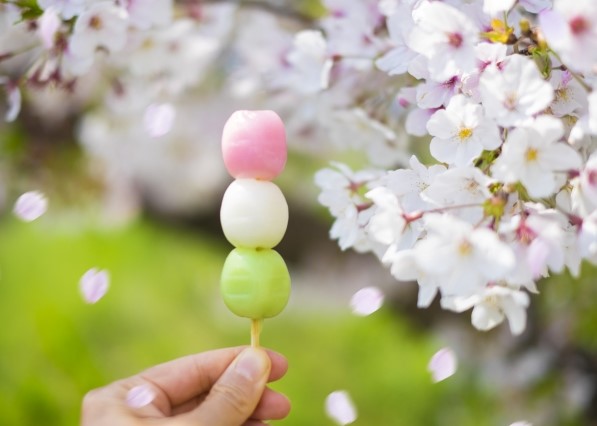
“Dango” is a Japanese sweet that is loved by a wide range of generations, from Japanese children to adults.
Why don’t you look at the flowers while eating “dango” outside?
You will have a wonderful time.
“Dango” is a washoku sweet that you can easily eat.
Please try the Japanese sweet “Dango”.
Thank you for reading to the end.
I hope this article has helped you.
Please read other articles if you like.
